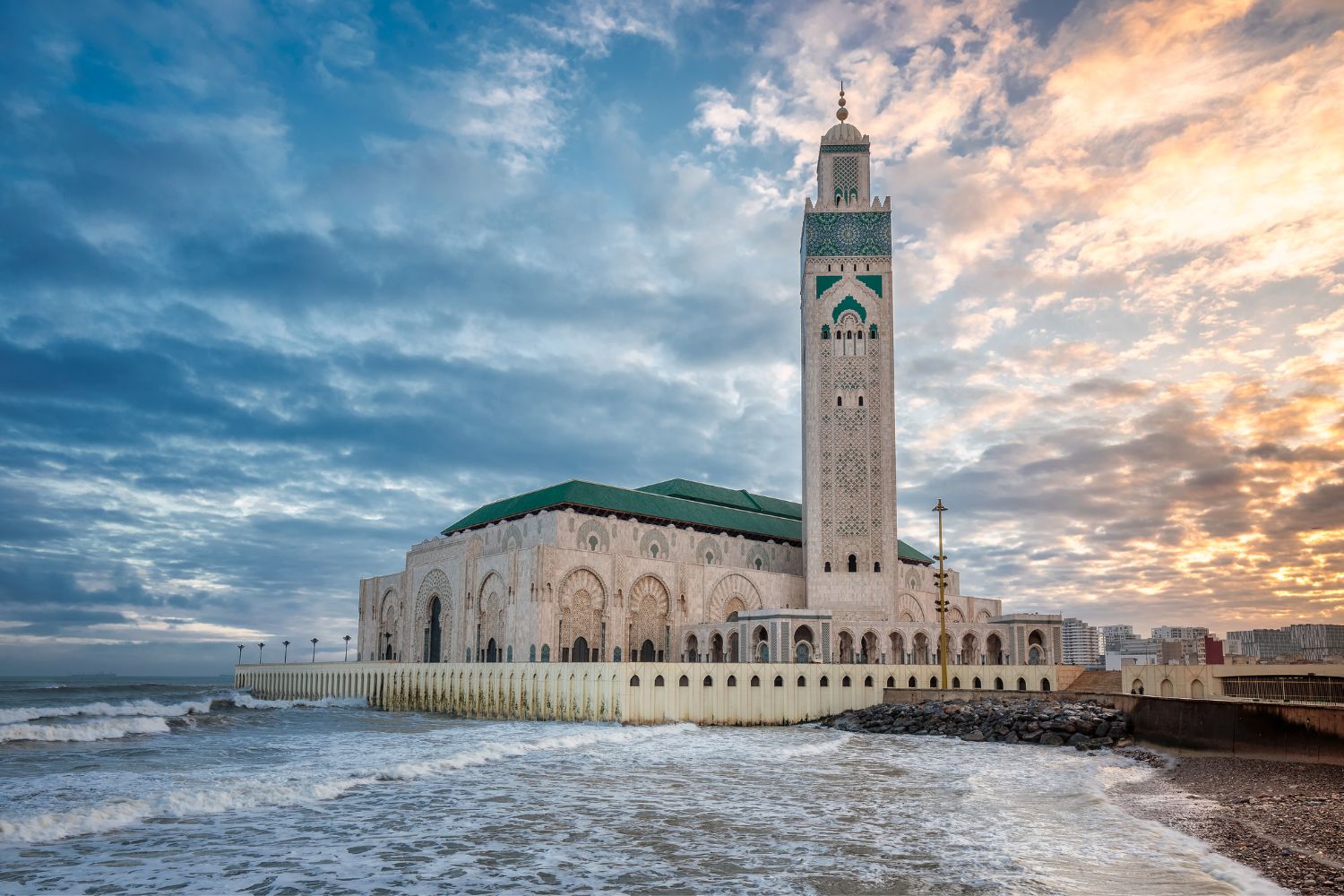
Embark on a virtual odyssey through the mesmerizing tapestry of Morocco, where the tantalizing aroma of Moroccan cuisine beckons, and the echoes of Islamic architecture resonate through ancient cities. Navigate the labyrinthine streets of historic medinas, adorned in the vibrant hues of traditional clothing, as we share invaluable travel tips to enhance your adventure.
From the intricacies of navigating bustling souks to the immersive experience of donning traditional garments, our journey invites you to savor the flavors, absorb the architectural wonders, and unravel the stories etched into the ancient streets. Join us on this digital exploration as we celebrate the rich cultural heritage, culinary masterpieces, and awe-inspiring landscapes of Morocco. Are you ready to uncover the essence of Morocco?
Morocco’s Rich Cultural Heritage and Islamic Architecture
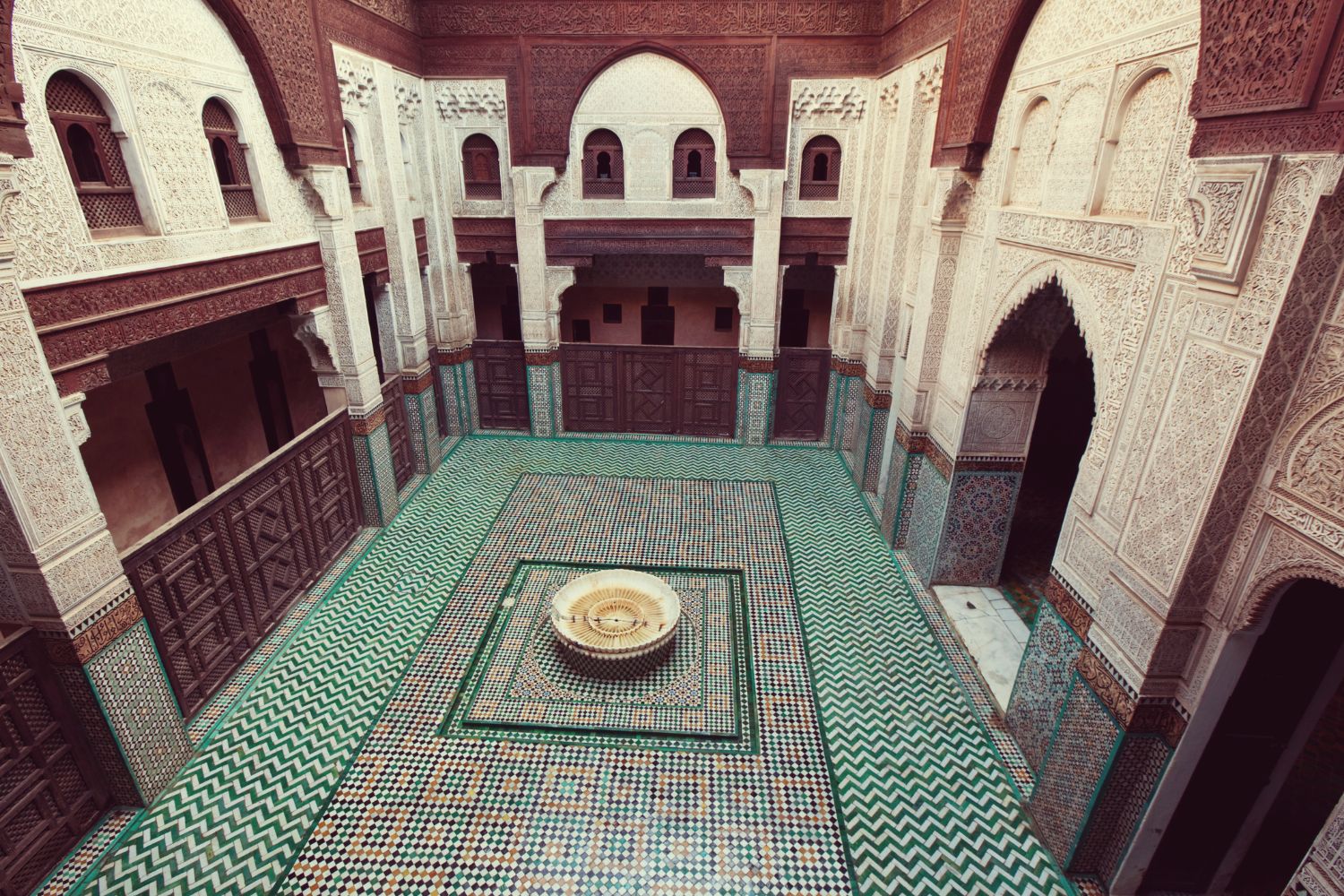
Moroccan architecture is a captivating blend, mirroring the nation’s diverse geography and centuries-long history shaped by successive waves of settlers. From ancient Roman remnants to the impact of French colonialism, each era left an indelible mark on the architectural canvas of Morocco. This cultural mosaic weaves together a tapestry that showcases the resilience and adaptability of Moroccan design.
Morocco boasts the richest Islamic architectural heritage in North Africa, with a profound influence from Muslim Andalusia. The expulsion of Muslims from Spain in 1492 brought the Andalusian style to Morocco, fusing European and Arab creativity. The enduring impact of this style surpasses even the architectural influences from the Middle East. Morocco stood at the center of the Hispano-Moorish architectural movement for nearly six centuries, preserving its identity amid external pressures.
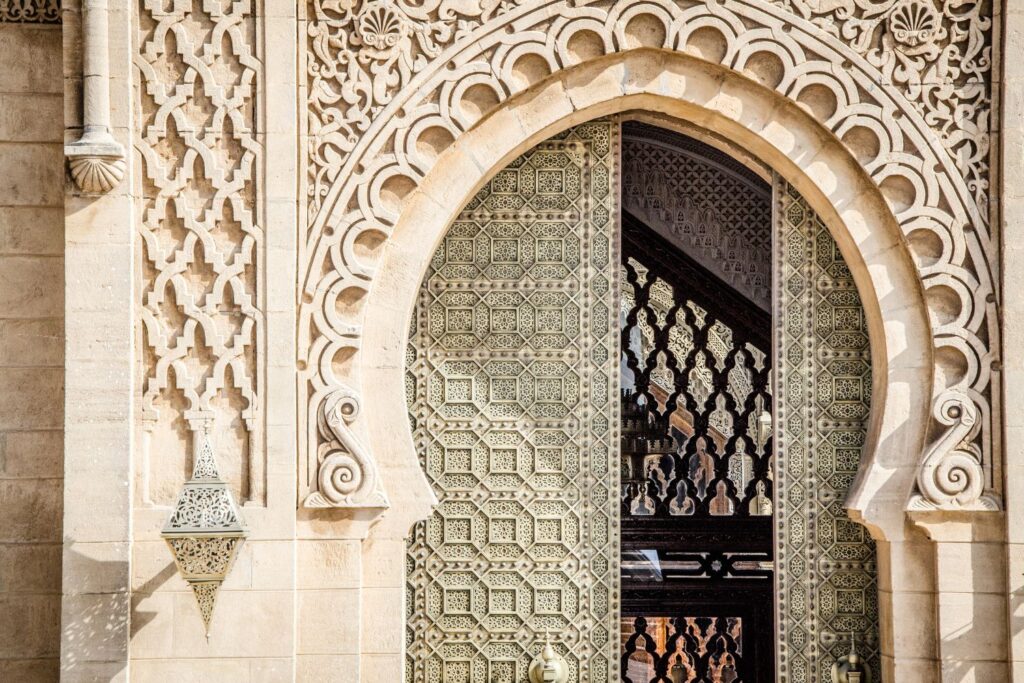
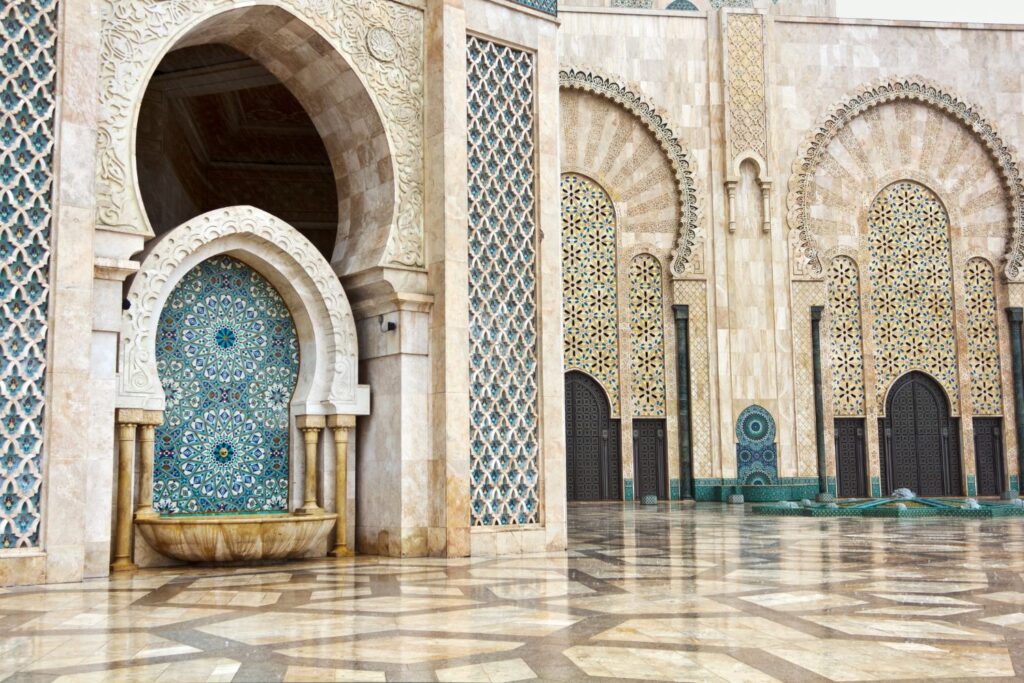
Islamic principles prohibiting human representation have steered Moroccan decorative art towards geometric patterns, arabesques, and floral motifs. These intricate designs find expression in various materials, including stone, brick, and wood. Particularly noteworthy is the use of stucco, applied in plaster form to create exquisite stalactite forms. Zellij tiling, a distinctive Moroccan feature, graces panels, showcasing the nation’s artistic prowess in architectural embellishments.
The evolution of Moroccan architecture unfolds over the centuries, marked by transitions from the Almoravid to the Almohad dynasties. The Almoravids, influenced by Andalusian traditions, adopted the “Hispano-Moorish” style, characterized by semicircular Moorish arches and intricate decorative elements. Despite the Almohads’ destruction of many Almoravid works, Morocco’s architectural landscape remained resilient. The Almohad dynasty, inspired by Andalusia like its predecessor, contributed significantly to one of Morocco’s greatest artistic movements, characterized by grand designs, sober decorations, and timeless proportions.
Moroccan Cuisine Delights
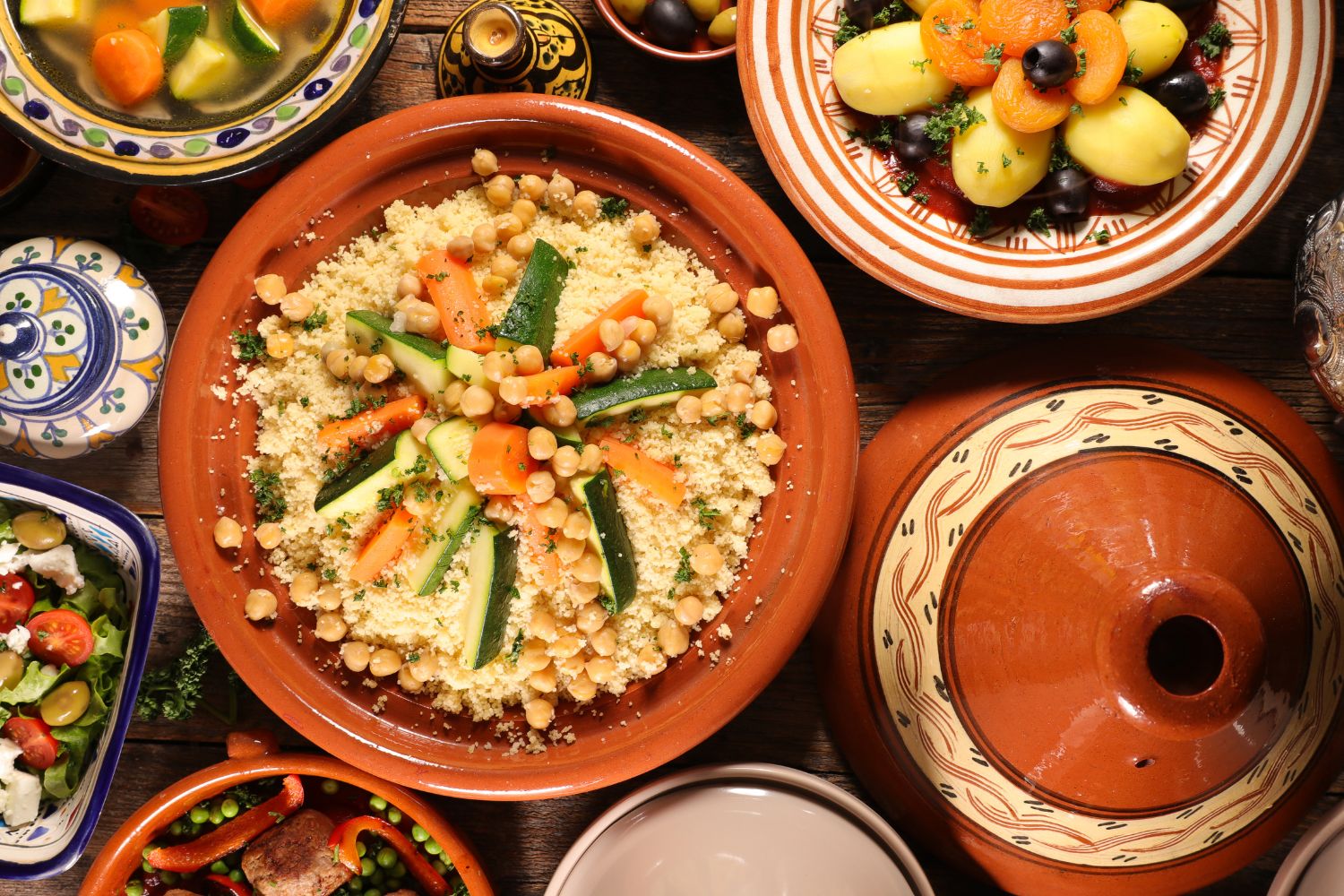
Morocco is known for its delicious and diverse dishes, earning the second spot in the 2017 global ranking of best food destinations by the British blog Worldsim Travel. Visitors are in for a treat, especially in cities like Marrakech, Fez, Agadir, and Rabat, known for their tempting culinary offerings.
Spices and flavors
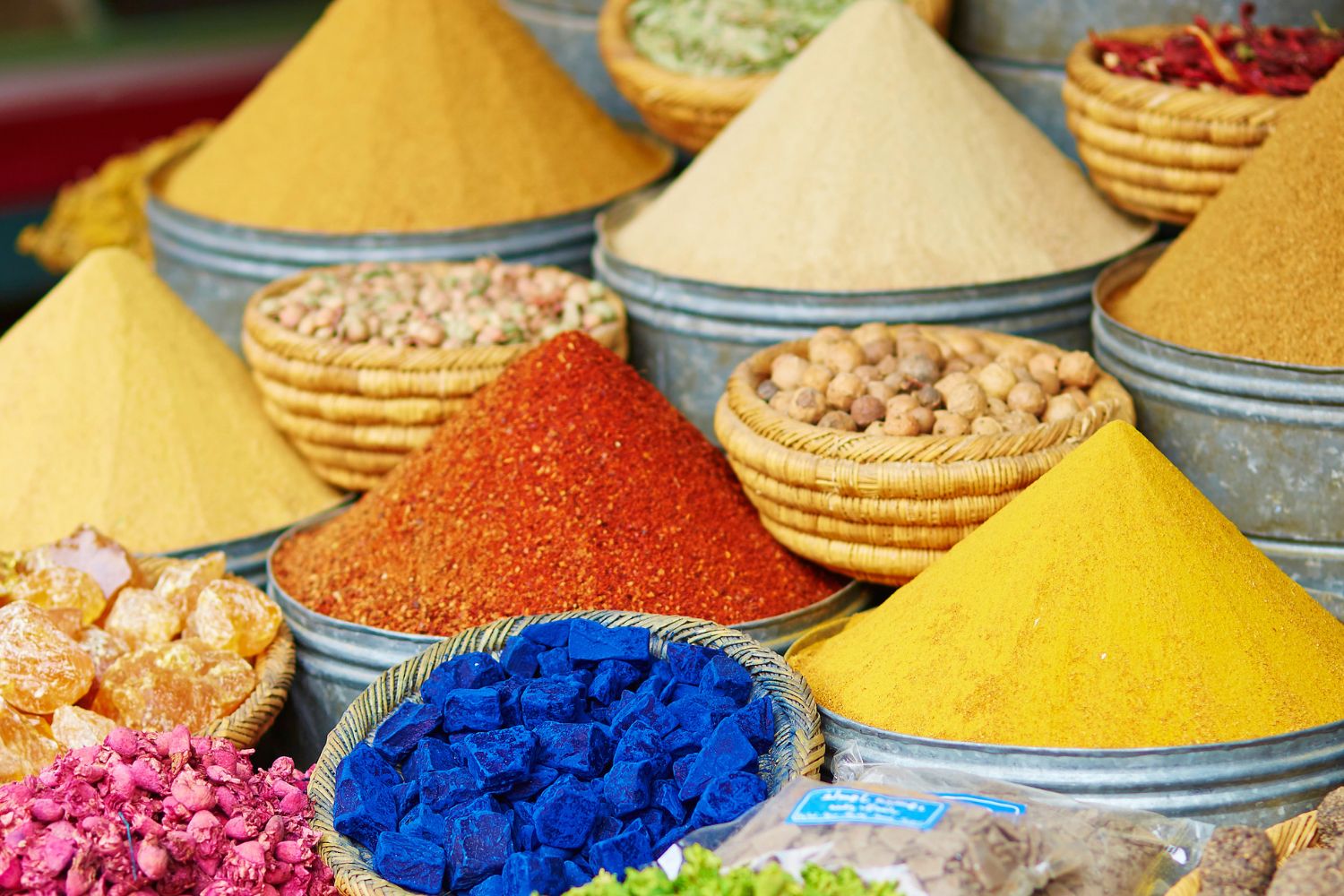
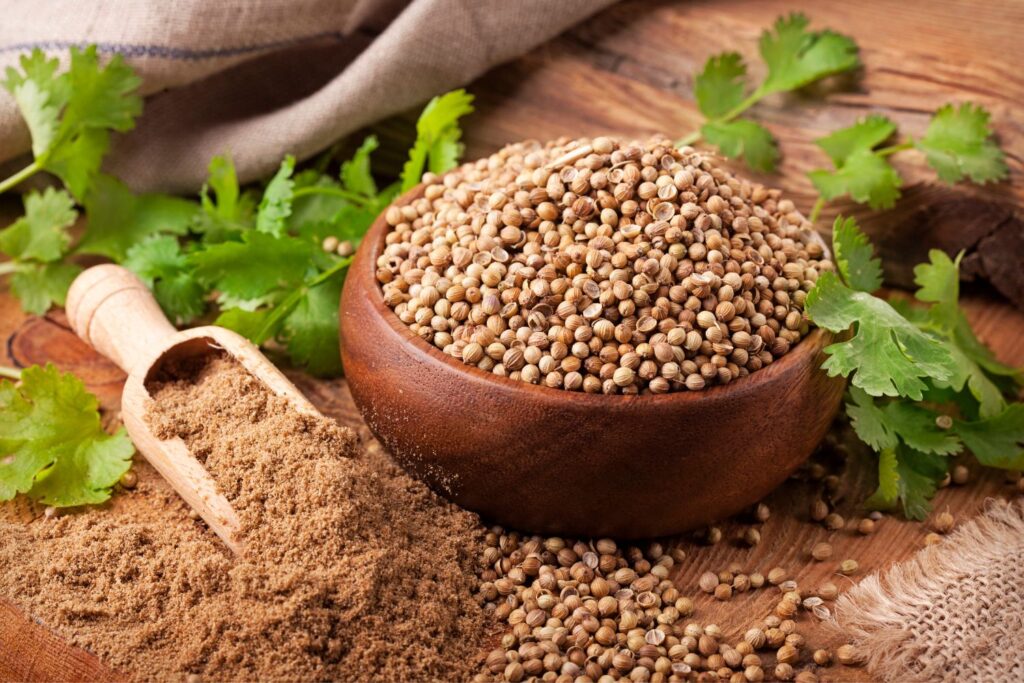
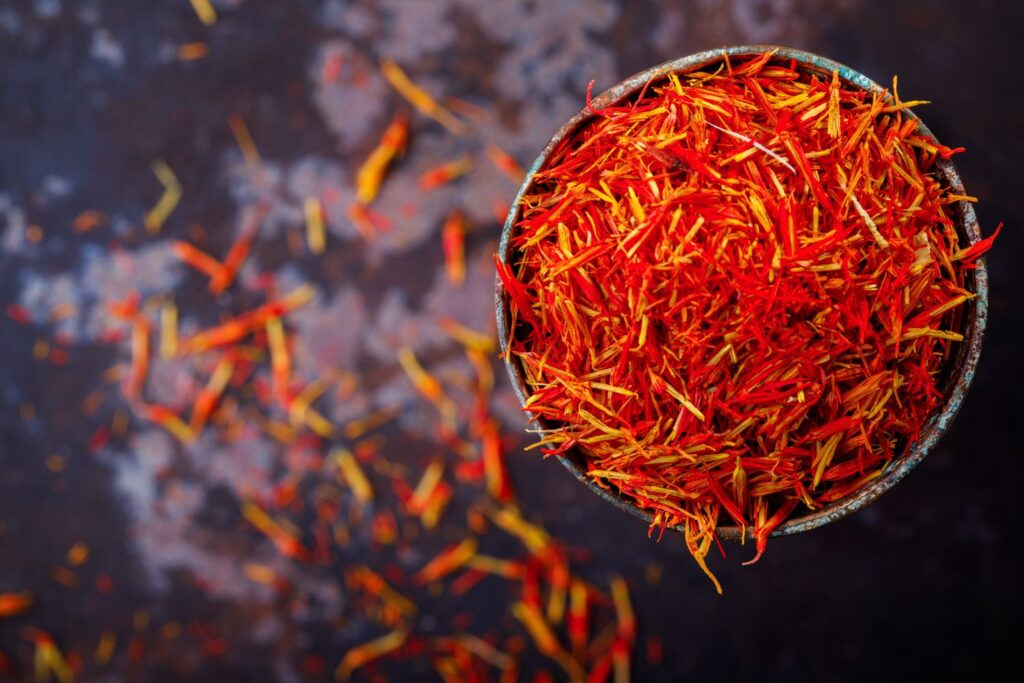
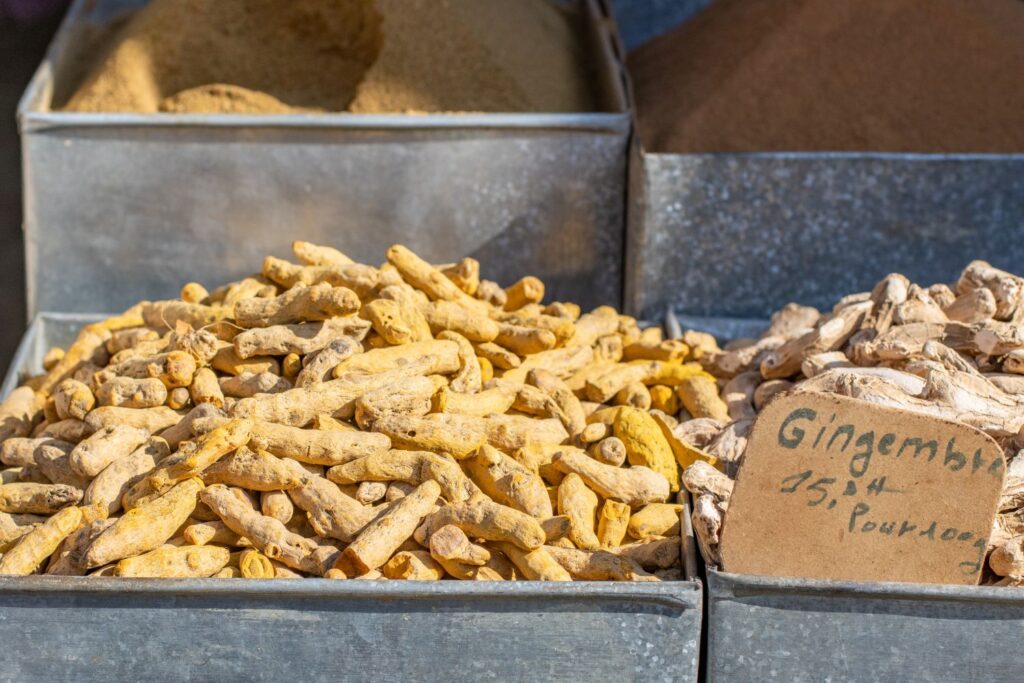
Moroccan cuisine is a tantalizing dance of spices and flavors, creating a culinary symphony that delights the senses. Some key players in this flavorful repertoire include:
- Cumin: A robust spice with warm, earthy notes, cumin adds depth to many Moroccan dishes, from tagines to couscous.
- Coriander: Both the fresh leaves (cilantro) and the ground seeds are widely used, contributing citrusy and slightly sweet undertones.
- Paprika: This spice brings a vibrant red color and a mild, sweet flavor to various dishes, enhancing visual appeal and taste.
- Cinnamon: A hallmark of Moroccan cuisine, cinnamon imparts a sweet and warm essence, often featured in both savory and sweet dishes.
- Ginger: Fresh or ground, ginger provides a zesty and slightly spicy kick, complementing the richness of Moroccan dishes.
- Saffron: The world’s most expensive spice, saffron infuses a distinct and luxurious flavor, elevating dishes like the iconic chicken tagine.
- Harissa: A fiery chili paste, harissa adds intense heat and depth to various dishes, providing a bold flavor kick.
These spices and flavors, carefully combined, create the signature taste of Moroccan cuisine—a rich tapestry that reflects the country’s cultural diversity and culinary expertise.
Tagine recipes
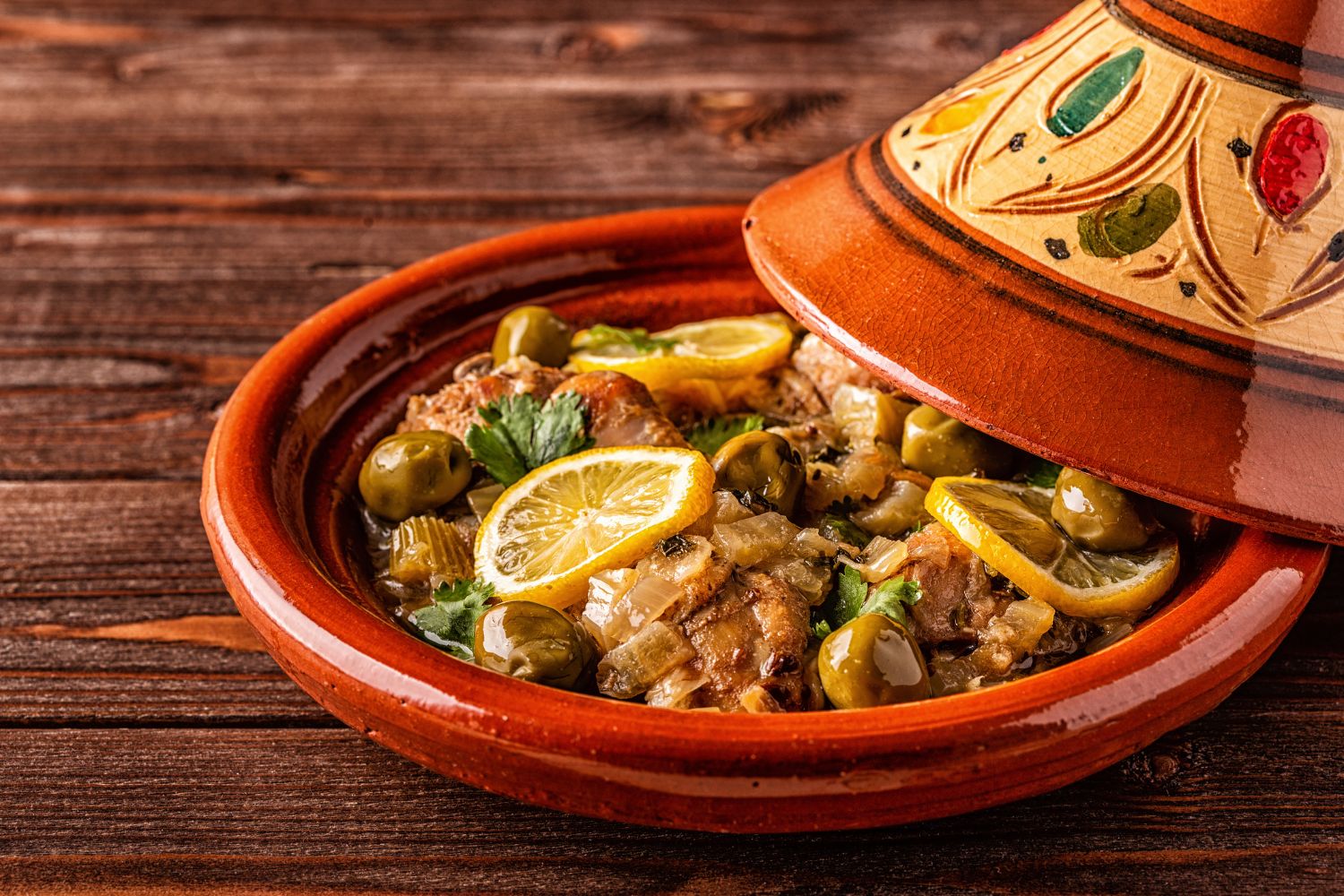
When you think of Moroccan cuisine, it’s almost automatic to associate it with tagine and couscous, two dishes known worldwide. Ever wondered how these delicious meals are made and what goes into them?
Tagine is a flavorful stew that’s incredibly versatile, allowing you to use various ingredients. The key is to cook it in the unique earthenware pot with a conical lid, known as the tagine or Tajinira in Arabic. Whether it’s made with chicken, beef, lamb, fish, or a mix of fruits and nuts like dates, raisins, apples, and almonds, you can explore Morocco for days without having the same tagine twice!
Then there’s couscous, another staple of Moroccan cuisine. This dish is crafted from wheat semolina and features a delightful mix of vegetables, legumes, and fruits, sweetened with honey, and seasoned with spices. Some couscous varieties may even include succulent lamb. Curious about the flavors of Morocco? Tagine and couscous are a delicious introduction!
Other must-try dishes in Moroccan cuisine include:
- Pastilla or Bastela: A popular dish made with chicken or pigeon, almonds, and onions, and topped with cinnamon and powdered sugar.
- Bisara: A fava bean puree that’s a staple in Moroccan gastronomy.
- Harira: A traditional soup with noodles, meat chunks, tomatoes, and lentils or chickpeas.
- Sweets: Indulge in treats like Chebakia (made with flour, eggs, butter, almonds, sesame, and honey), Sfenzh, Briwat, or sweet couscous is known as Seffa.
- To complement these delights, savor the fantastic Arab tea, green tea with mint—Morocco’s traditional drink—and refreshing freshly squeezed fruit juices.
Moroccan Traditional Clothing
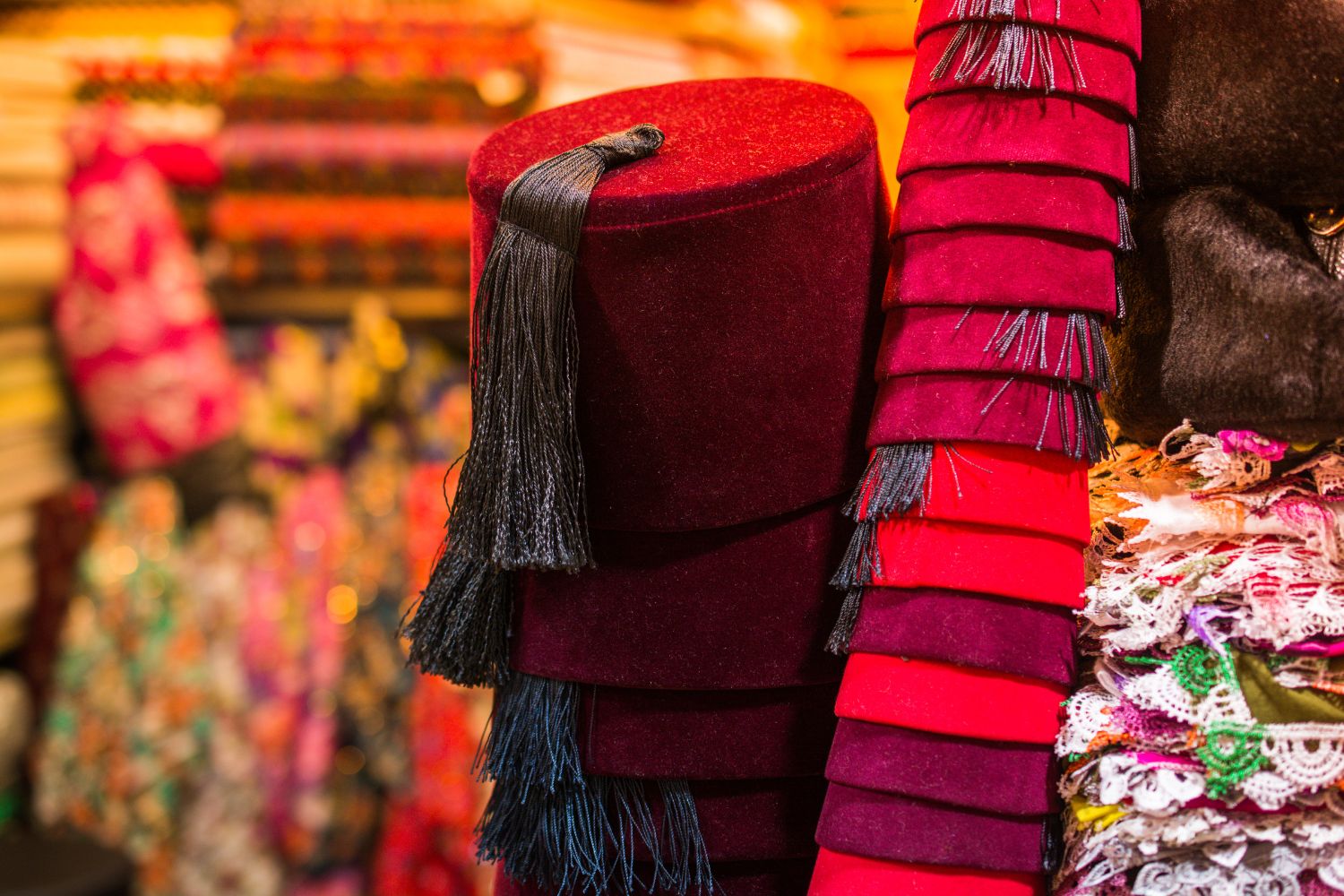
Moroccan clothing brims with rich traditions, playing a vital role in the culture and identity of its people. The garments worn by locals are deeply woven into the fabric of Moroccan heritage.
Djellaba
As you stroll through the streets of any Moroccan city, it’s common to spot individuals donned in long, loose hooded gowns over their regular clothes—these are called djellabas. These garments cover the entire body except for the head, hands, and feet.
The style and purpose of the djellaba differ for women and men. Women opt for the djellaba for various reasons—it’s comfortable, aesthetically pleasing, and serves as modest attire, especially fitting in a Muslim country. Some women pair it with a scarf, and it’s often worn when visiting family on religious holidays.
Men typically reserve the djellaba for special occasions, occasionally pairing it with the iconic Moroccan red fez or Tarbouche and yellow leather slippers known as baboush or Belgha. Women’s djellabas tend to be more colorful, and contemporary styles are trending towards shorter and slimmer designs. The Quran references the djellaba as a garment for Muslim women. Djellabas are predominantly worn outside the house and come in everyday variations as well as those suited for special occasions.
kaftan or Caftan
In Morocco, the kaftan is a popular and elegant long dress, exclusively worn by women. Unlike the djellaba, which is more commonly seen in both genders, the kaftan has a distinctly feminine flair.
Historically linked with royalty and nobility, the kaftan’s use expanded beyond the elite during the Saadian dynasty. Today, kaftans are known for their intricate detailing, featuring beautiful braiding, beads, and sequins skillfully sewn onto luxurious fabrics. While kaftans can be crafted from various materials, including wool and cotton, the most lavish ones are made from fine silk or sumptuous velvet.
Typically reserved for special occasions, Moroccan women grace these ornate kaftans for events rather than everyday tasks. However, simpler versions made from regular materials may find a place in a lady’s casual wardrobe.
Ancient Cities of Morocco
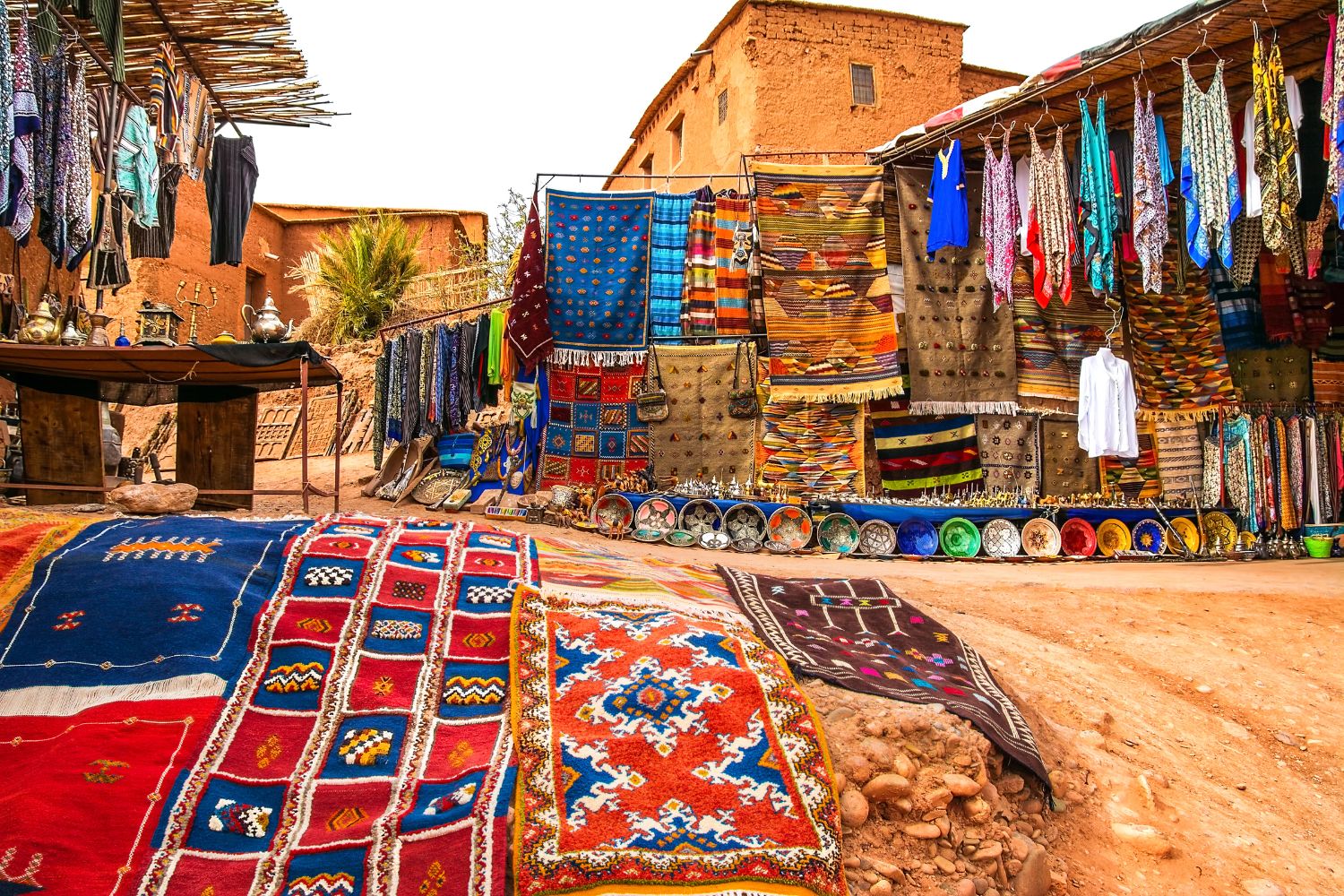
Morocco’s ancient cities beckon with a unique blend of history, culture, and architectural marvels. Join us on a journey through the centuries as we explore the enchanting allure and timeless beauty woven into the fabric of Morocco’s ancient urban landscapes.
Here is a compilation of stunning ancient cities that truly deserve a visit:
Volubilis
Volubilis stands as a Roman city of historical significance. Recognized as a UNESCO World Heritage Site, it proudly holds the distinction of being one of Morocco’s best-preserved ancient cities.
Lixus
Lixus, an ancient city on Morocco’s western coast, served as a significant Atlantic port for the Phoenicians. Nestled on a hill at the bend of the Loukkos River, its historical presence endures through time.
Sala colonia – Chellah
Sala Colonia, also known as Chellah, stands as a historical site that once embraced various cultures, including the Phoenicians, Carthaginians, and Romans. This medieval fortified necropolis is situated near the Moroccan capital, Rabat.
Aït Ben Haddou
Aït Ben Haddou, a UNESCO World Heritage site in Morocco, is a striking example of traditional earthen clay architecture. Located on the old caravan route near the Atlas Mountains, its kasbahs and fortifications showcase the rich history and culture of the region.
Morocco Hidden Gems and Essential Travel Tips
When getting ready for a trip to Morocco, make sure to research and plan well to dive into the local culture and get the most out of your time. Don’t miss exploring the souks—they’re a must-visit, drawing many tourists with their wide variety of goods and lively atmosphere.
If you’re going to Morocco for the first time, here are some travel tips to help you:
- Get ready for cultural differences: Morocco follows Islamic customs and traditions. Show respect by dressing modestly and refraining from public displays of affection.
- If you visit Morocco during Ramadan, note that some businesses and restaurants may be closed during the day. It’s respectful to avoid eating, drinking, or smoking in public during daylight hours, and dressing modestly is important during this time.
- Negotiate when you shop in Moroccan markets. It’s normal to haggle for a lower price, so feel free to do so. Just be polite and stay friendly during the process.
- Make sure to bring cash when visiting Morocco. While credit cards work well in big cities, cash is the preferred payment method, especially in rural areas. Bring enough cash to cover your expenses.
- Be sure to follow local customs in Morocco. Moroccans are friendly, so it’s essential to be polite, ask before taking photos, and get permission before entering religious sites.
- Discover more than just the big cities like Marrakech, Casablanca, and Fes. Feel free to explore lesser-known places in Morocco, such as the charming town of Essaouira by the sea or the beautiful Atlas Mountains landscapes.
exploring Morocco is like stepping into a world where culture, cuisine, and breathtaking landscapes converge. From the lively markets of Marrakech to the tranquil Sahara Desert, each moment unfolds a new facet of this North African gem. Whether indulging in the flavors of tagines, navigating ancient medinas, or marveling at the Atlas Mountains, Morocco offers a journey that leaves lasting memories. Beyond its architectural wonders and natural beauty, it’s the warmth of the people that makes this adventure truly unforgettable.